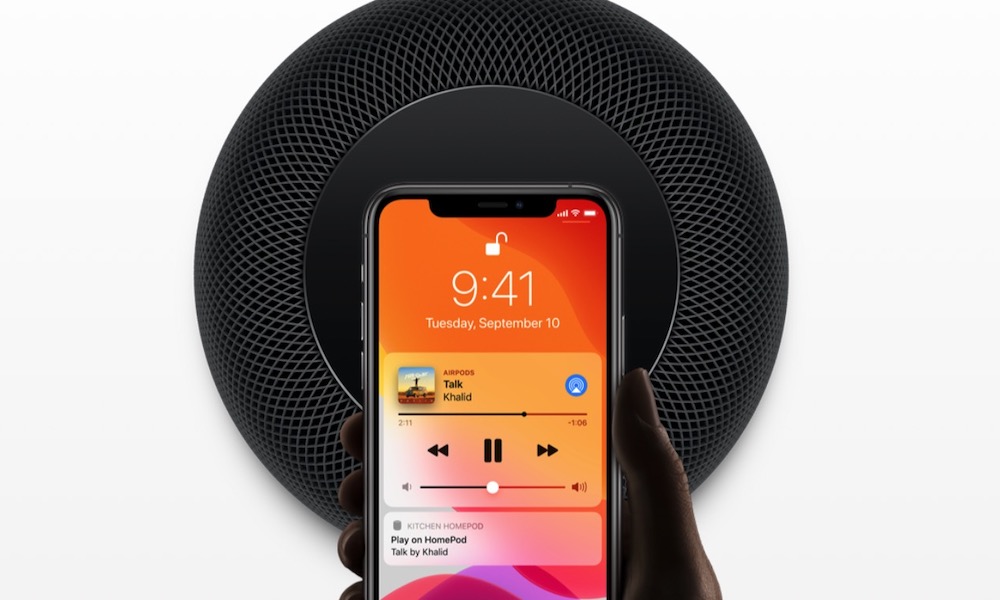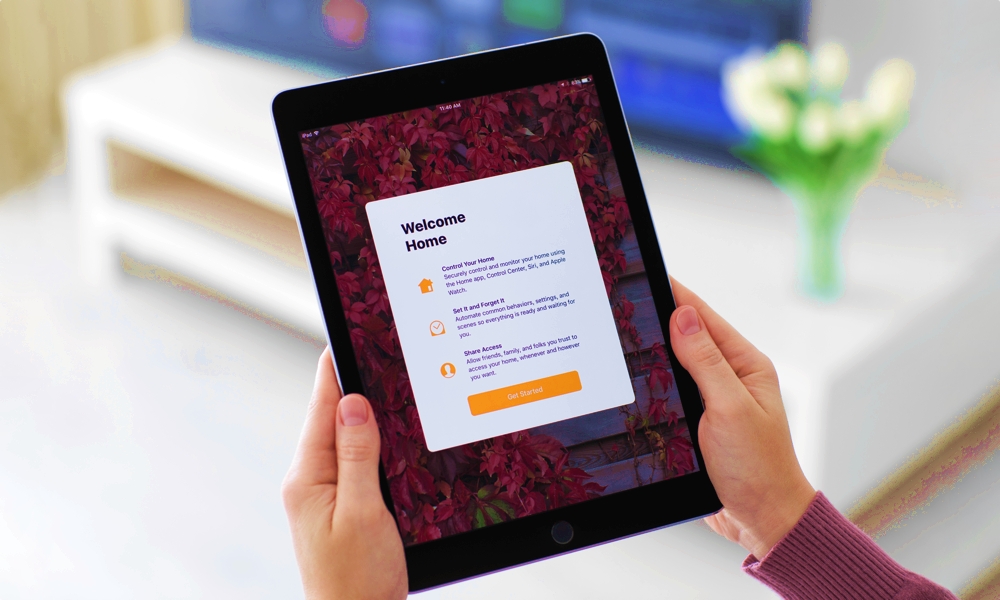FAQ: What Is an Apple Home Hub? Does My Smart Home Need One?
 Credit: Patrick Campanale / Unsplash
Credit: Patrick Campanale / Unsplash
Toggle Dark Mode
Every Apple fan with a smart home should know about the home hub (and how to use it). Don’t worry, the home hub isn’t actually a new device you have to buy for your home. Instead, it’s a process to turn one of your Apple devices into a specific hub for HomeKit devices.
It all happens at the software level, and compatible hub devices include HomePods, Apple TVs, and iPads.
Why would you want to do that? An Apple home hub works alongside the Home app allows you to control your smart devices (they have to be HomeKit compatible) remotely from the hub, so you don’t have to constantly open third-party apps to control your smart devices.
Creating a hub also allows you to give control to other trusted users, like your kids or house-sitters. And if you don’t really like using the setup process to customize your smart devices, create scenes, or add schedules for automatic operation, you can do that using your hub, too.
Basically, it’s a virtual all-in-one control center for your smart home that doesn’t require a separate device to make sure everything can work together.
Sometimes, especially if you recently bought a compatible device, the home hub will set itself up automatically – you may already be using it without knowing it! But if you don’t have a hub for your smart home, you could be missing out on some important Home app functionality. Here are the steps to make sure you have created a home hub.
Make Sure You Have the Right Devices
There is only one HomePod generation – although expect another in a couple of months – so if you already have a HomePod, it will be automatically compatible as a home hub. Just make sure that it’s turned on and it’s set up.
For Apple TV, you will need an Apple TV 4K or Apple TV HD model to make it a home hub. If you have a compatible model, make sure that it’s updated with the latest tvOS and you should be good to go.
The good news is that any model of iPad should be able to work, as long as it supports a recent version of iOS, so all newer iPads going back a few years should be able to be home hubs, as long as they are updated.
Make Sure Your Settings Are Correct
First, make sure that two-factor authentication is turned on for your Apple ID. Your Apple account may have already warned you about this, and if you haven’t already enabled this advanced form of security, you should do it – regardless of what smart devices you may have.
Then sign in to iCloud with the Apple ID that you want to be connected to your smart home. Make sure that the iCloud Keychain is turned on – you can easily do this from any mobile device by going to Keychain in iCloud Settings. This helps ensure that your smart devices stay updated, so it’s a pretty useful feature to have. However, there are also privacy considerations, because it does enable iCloud to remember your usernames, passwords, and account numbers.
Set up HomeKit Devices on the Home App
If you are already connected to iCloud with the right features enabled when you set up your hub device, it probably is already a hub, which means you may not need to worry about any of the previous steps.
However, you will need to make sure that all your smart devices are set up via the Home app, which is true of new and old accessories alike. Your home hub features are primarily enabled through the Home app, so everything has to be connected.
Start Using Home App’s Advanced Features
You should now have full Home app functionality! That means you can use Siri to control all HomeKit-compatible accessories, as well as create custom home automation scenes or set personal shortcuts based on your work and home life. You can also invite other people to control your accessories, and choose to get notifications about smart devices right on your device. There’s a lot to try out, so spend some time experimenting!
Note for iPad Users
Your home hub should stay in your house and connected to a source of power to work properly. This isn’t a problem for Apple TV or HomePod users, but it does pose some trouble for iPad users if you take your iPad out of the house frequently.
You can always check to see if the home hub is connected by going to the Home app, tapping the house icon in the upper left corner, and examining Hubs & Bridges, which will tell you if the hub is currently connected to your home.








